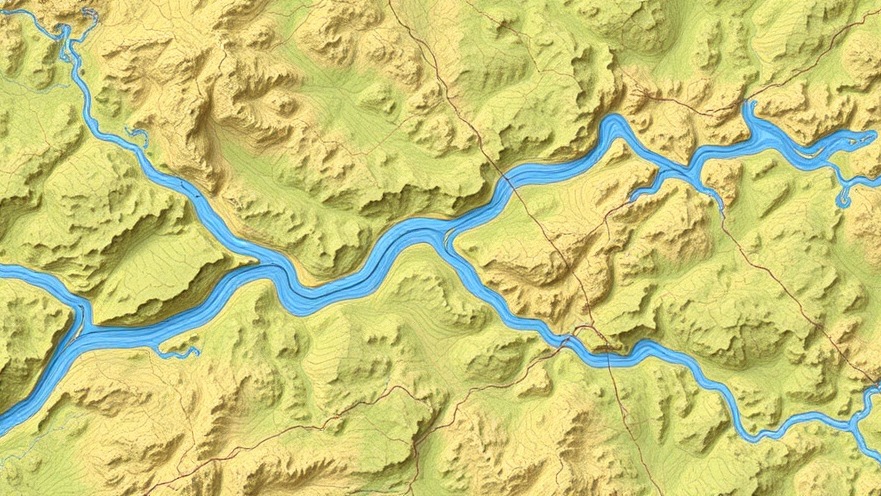
FEMA’s Redefinition of Flood Zones: What You Need to Know
In a notable move that has drawn scrutiny, FEMA has recently made significant alterations to the floodplain map for Camp Mystic, a popular summer camp located in Texas. The decision to remove dozens of buildings from the 100-year flood map, prior to an expansion, raises questions about the balancing act between development and public safety. This change is not just about land management; it impacts the local community's preparedness for potential flooding hazards.
Understanding the Implications of Floodplain Mapping
The 100-year floodplain is crucial for assessing flood risk. Properties within this zone are at a significantly higher risk of flooding than those outside it. By altering the floodplain designations, FEMA's decision means that Camp Mystic could see reduced insurance costs and increased leasing options for activities that were previously hindered by flood risk assessments. However, what does this mean for the safety of campers and staff?
Why This Change Matters Now
This decision by FEMA comes at a time when Texas is increasingly susceptible to climate change effects, including heightened flood risks. With climate forecasts predicting erratic weather patterns, taking areas out of high-risk classifications could have severe repercussions if a significant flood were to occur. The stakes are high for local residents, campers, and stakeholders who depend on the safety assurances traditionally provided by floodplain regulations.
Community Voices: Perspectives on the Change
Local voices have raised concerns regarding this action. Questions are surfacing about accountability and the thoroughness of the assessment that led to this map alteration. Residents express worries that this may lead to complacency regarding flood preparedness. They highlight the need for a balanced approach that considers both development and the risk posed by natural disasters. Some are calling for transparency from FEMA and local officials to ensure community members feel informed and secure.
Counterarguments: Economic Growth vs. Safety
Proponents of FEMA’s decision argue that the alterations could stimulate local economic growth. By allowing Camp Mystic to expand without the burden of exorbitant flood insurance rates, there’s potential for more business and recruitment. Yet, critics maintain that the risk to lives and property should take precedence over economic considerations. Balancing economic interests with community safety is a continual challenge in rapidly growing areas of Texas.
Future Predictions: The Risk Landscape in Texas
As residents prepare for a future with climate change looming large, the focus is shifting towards proactive measures in urban planning and environmental stewardship. Looking ahead, how will Texas respond to the increasing urgency of climate resilience? Will regulations adapt as necessary, or will decisions continue to fluctuate based on short-term gains?
Taking Action: What Communities Can Do
For the community surrounding Camp Mystic and beyond, remaining informed and proactive about flood risks is vital. Engaging in local city planning meetings, advocating for regular floodplain assessments, and participating in community safety drills are just a few ways individuals can contribute to public safety. Understanding the dynamics of flood management can empower residents to voice concerns and ensure that local governments prioritize safety over convenience.
Ultimately, the changes made by FEMA at Camp Mystic represent more than just policy adjustments; they symbolize a shift in how communities approach safety versus expansion. The path forward must involve collaboration among local leaders, residents, and environmental experts to safeguard both lives and communities.
 Add Element
Add Element  Add Row
Add Row 



 Add Row
Add Row  Add
Add 


Write A Comment